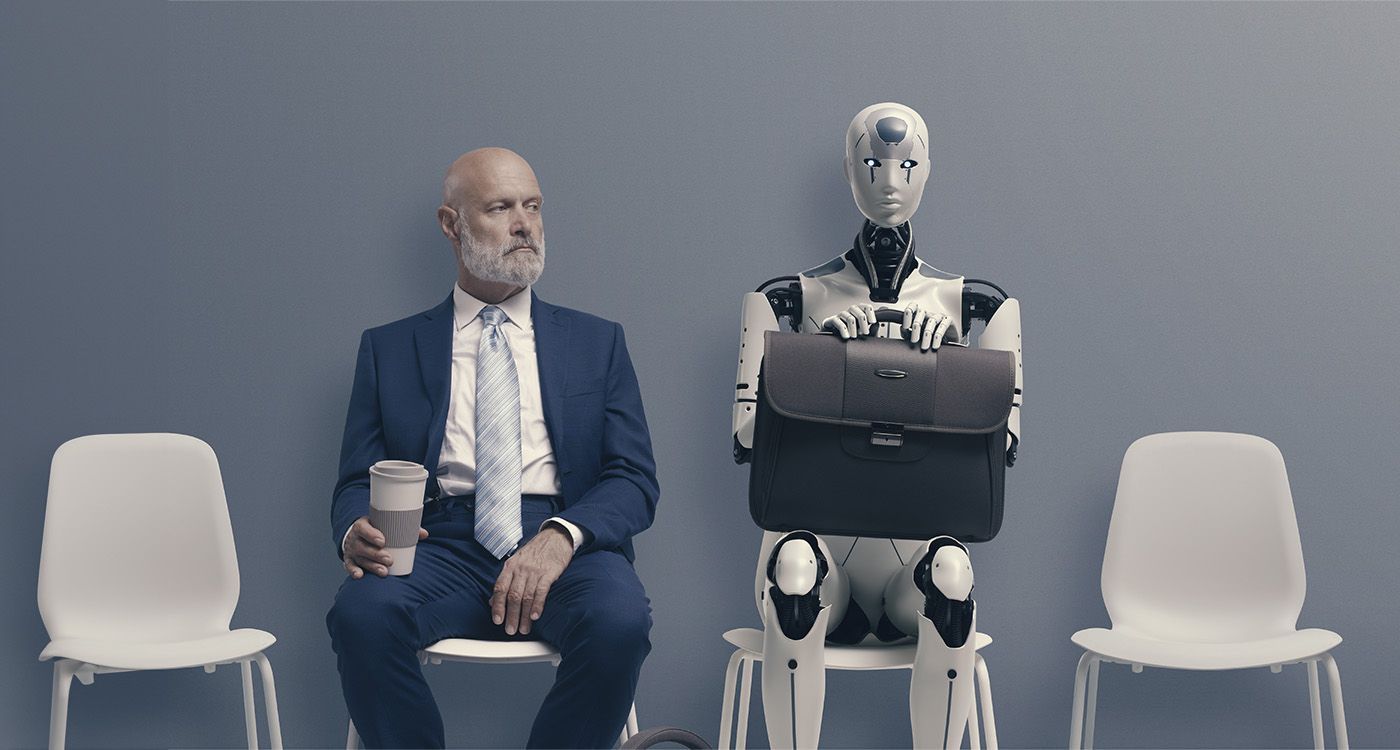- Home
- Highlights
- AI and Employment: A Process of Creative Destruction

©Shutterstock
AI is hailed for boosting efficiency, speed, and productivity. But behind the hype, a global concern looms: could it put millions of jobs at risk? From Salesforce headquarters to Amazon warehouses, from New York offices to emerging markets, one question dominates: is AI a ticking social time bomb?
A Subtle but Global Threat
The IMF estimates that about 40% of jobs worldwide could be exposed to automation, rising to 60% in advanced economies. In emerging countries, the impact is lower (26%) but would hit key sectors that often serve as gateway jobs – call centers, data entry, and logistics – which are already under pressure from machines.
A Goldman Sachs study projects that up to 300 million jobs could be affected worldwide in the coming years, with unemployment temporarily rising by around 0.5 percentage points in the US and Europe.
Warning Signs: Layoffs and Restructuring
By 2025, several multinational companies have already begun using AI to trim their workforces. Salesforce announced plans to cut 4,000 customer support jobs – nearly half the department – replacing them with automated solutions. Meanwhile, Amazon is gradually scaling back its administrative and warehouse teams through automation and AI-driven robots.
So far this year, more than 10,000 jobs in the US have been lost directly to AI. A drop in the ocean compared with the millions of positions potentially at risk, but a clear signal that the transformation is well underway.
Young Graduates: The Sacrificed Generation?
Entry-level jobs are often the first to disappear. In the United States, unemployment among recent graduates (ages 22–27) rose to 5.8% in 2025, compared with a national average of 4.2%. In Europe, the trend is similar – internships and first roles in data analysis, writing, or administrative support are being replaced by ChatGPT and other AI tools.
This precarious situation is particularly concerning as it deprives an entire generation of a foothold in the labor market, carrying the long-term risk of downward mobility.
The Risk of a Divided World
Beyond the numbers, AI is deepening an already visible divide.
On one hand, highly skilled roles – AI engineers, cybersecurity specialists, and ethical analysts – are seeing a surge in salaries. In 2025, PwC reported an average pay premium of 56% for jobs directly linked to AI.
On the other hand, millions of mid-level positions, such as accountants, junior lawyers, and administrative assistants, are steadily eroding, leaving the middle class increasingly vulnerable.
The World Economic Forum foresees a mixed future: 92 million jobs lost by 2030, but 170 million new ones created, a net gain of 78 million. While the figure looks positive, it conceals a major challenge: the need to retrain and upskill millions of workers rapidly.
An Ill-Prepared Revolution?
For now, the impact of AI remains limited. The New York Fed notes that only 1% of service-sector firms have carried out AI-related layoffs, while 11% have actually increased hiring – partly because of AI. But this reprieve may prove short-lived, merely a prelude to a broader wave.
The real question lies elsewhere: are governments and companies investing enough in training and reskilling? The International Labor Organization (ILO) estimates that half of the world’s workers will need to acquire new skills within the next decade. Yet current training programs remain far too limited given the scale of the challenge.
Creative Destruction: Who Benefits Most?
Joseph Schumpeter described innovation as a force of “creative destruction”: some jobs vanish, but others – often more productive and better paid – emerge. AI is no exception.
The risk today is that destruction could outpace creation. AI is spreading fast: 40% of service-sector firms and 26% of manufacturers in the United States are already using it, sparking a race to keep up. The key question is whether workers, institutions, and governments can adapt quickly enough to stay in step.
In 2025, one thing is certain: AI is not an instant disaster but a series of aftershocks. How we respond to each tremor will determine whether it turns into a promise or a threat.


Comments